可以用 Python 编程语言做哪些神奇好玩的事情?
作者:造数科技
链接:https://www.zhihu.com/question/21395276/answer/219747752
使用Python绘图
我们先来看看,能画出哪样的图
<img src="https://pic2.zhimg.com/v2-a8031dd3c7b213eba1f5b2530d3d79f5_b.png" data-rawwidth="550" data-rawheight="450" class="origin_image zh-lightbox-thumb" width="550" data-original="https://pic2.zhimg.com/v2-a8031dd3c7b213eba1f5b2530d3d79f5_r.png">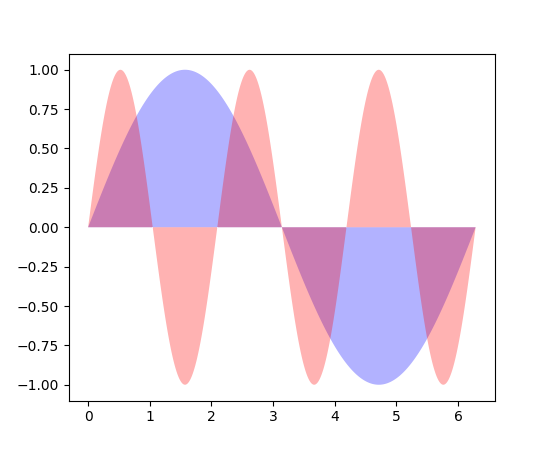
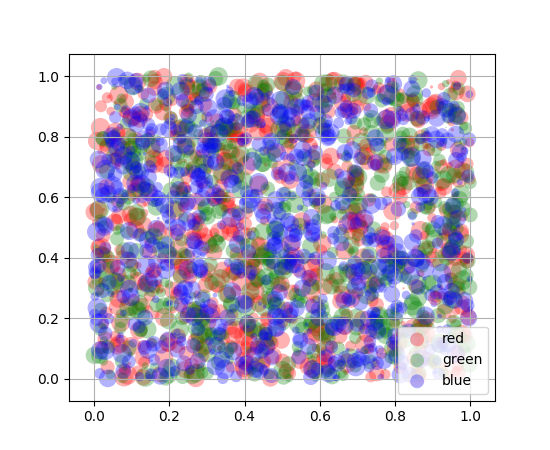
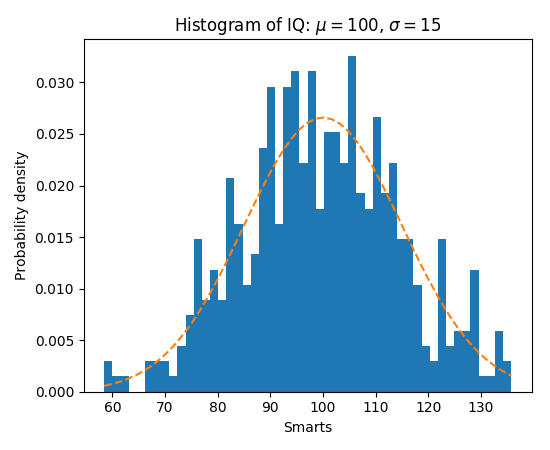
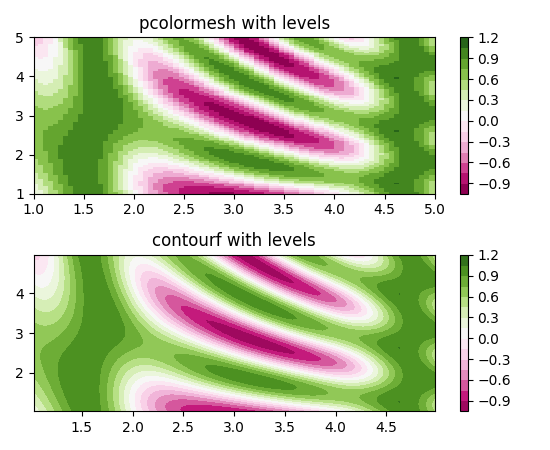
更强大的是,每张图片下都有提供源代码,可以直接拿来用,修改参数即可。

"""
===============
Basic pie chart
=============== Demo of a basic pie chart plus a few additional features. In addition to the basic pie chart, this demo shows a few optional features: * slice labels
* auto-labeling the percentage
* offsetting a slice with "explode"
* drop-shadow
* custom start angle Note about the custom start angle: The default ``startangle`` is 0, which would start the "Frogs" slice on the
positive x-axis. This example sets ``startangle = 90`` such that everything is
rotated counter-clockwise by 90 degrees, and the frog slice starts on the
positive y-axis.
"""
import matplotlib.pyplot as plt # Pie chart, where the slices will be ordered and plotted counter-clockwise:
labels = 'Frogs', 'Hogs', 'Dogs', 'Logs'
sizes = [15, 30, 45, 10]
explode = (0, 0.1, 0, 0) # only "explode" the 2nd slice (i.e. 'Hogs') fig1, ax1 = plt.subplots()
ax1.pie(sizes, explode=explode, labels=labels, autopct='%1.1f%%',
shadow=True, startangle=90)
ax1.axis('equal') # Equal aspect ratio ensures that pie is drawn as a circle. plt.show()
<img src="https://pic3.zhimg.com/v2-f85e431df208c510be1c4a1ef579aaea_b.png" data-rawwidth="800" data-rawheight="900" class="origin_image zh-lightbox-thumb" width="800" data-original="https://pic3.zhimg.com/v2-f85e431df208c510be1c4a1ef579aaea_r.png">
"""
Demonstrates the visual effect of varying blend mode and vertical exaggeration
on "hillshaded" plots. Note that the "overlay" and "soft" blend modes work well for complex surfaces
such as this example, while the default "hsv" blend mode works best for smooth
surfaces such as many mathematical functions. In most cases, hillshading is used purely for visual purposes, and *dx*/*dy*
can be safely ignored. In that case, you can tweak *vert_exag* (vertical
exaggeration) by trial and error to give the desired visual effect. However,
this example demonstrates how to use the *dx* and *dy* kwargs to ensure that
the *vert_exag* parameter is the true vertical exaggeration.
"""
import numpy as np
import matplotlib.pyplot as plt
from matplotlib.cbook import get_sample_data
from matplotlib.colors import LightSource dem = np.load(get_sample_data('jacksboro_fault_dem.npz'))
z = dem['elevation'] #-- Optional dx and dy for accurate vertical exaggeration --------------------
# If you need topographically accurate vertical exaggeration, or you don't want
# to guess at what *vert_exag* should be, you'll need to specify the cellsize
# of the grid (i.e. the *dx* and *dy* parameters). Otherwise, any *vert_exag*
# value you specify will be relative to the grid spacing of your input data
# (in other words, *dx* and *dy* default to 1.0, and *vert_exag* is calculated
# relative to those parameters). Similarly, *dx* and *dy* are assumed to be in
# the same units as your input z-values. Therefore, we'll need to convert the
# given dx and dy from decimal degrees to meters.
dx, dy = dem['dx'], dem['dy']
dy = 111200 * dy
dx = 111200 * dx * np.cos(np.radians(dem['ymin']))
#----------------------------------------------------------------------------- # Shade from the northwest, with the sun 45 degrees from horizontal
ls = LightSource(azdeg=315, altdeg=45)
cmap = plt.cm.gist_earth fig, axes = plt.subplots(nrows=4, ncols=3, figsize=(8, 9))
plt.setp(axes.flat, xticks=[], yticks=[]) # Vary vertical exaggeration and blend mode and plot all combinations
for col, ve in zip(axes.T, [0.1, 1, 10]):
# Show the hillshade intensity image in the first row
col[0].imshow(ls.hillshade(z, vert_exag=ve, dx=dx, dy=dy), cmap='gray') # Place hillshaded plots with different blend modes in the rest of the rows
for ax, mode in zip(col[1:], ['hsv', 'overlay', 'soft']):
rgb = ls.shade(z, cmap=cmap, blend_mode=mode,
vert_exag=ve, dx=dx, dy=dy)
ax.imshow(rgb) # Label rows and columns
for ax, ve in zip(axes[0], [0.1, 1, 10]):
ax.set_title('{0}'.format(ve), size=18)
for ax, mode in zip(axes[:, 0], ['Hillshade', 'hsv', 'overlay', 'soft']):
ax.set_ylabel(mode, size=18) # Group labels...
axes[0, 1].annotate('Vertical Exaggeration', (0.5, 1), xytext=(0, 30),
textcoords='offset points', xycoords='axes fraction',
ha='center', va='bottom', size=20)
axes[2, 0].annotate('Blend Mode', (0, 0.5), xytext=(-30, 0),
textcoords='offset points', xycoords='axes fraction',
ha='right', va='center', size=20, rotation=90)
fig.subplots_adjust(bottom=0.05, right=0.95) plt.show()
图片来自Matplotlib官网 Thumbnail gallery
这是图片的索引,可以看看有没有自己需要的
<img src="https://pic1.zhimg.com/v2-1be30f4fb48a08d508a8c354d540dea0_b.png" data-rawwidth="485" data-rawheight="561" class="origin_image zh-lightbox-thumb" width="485" data-original="https://pic1.zhimg.com/v2-1be30f4fb48a08d508a8c354d540dea0_r.png">
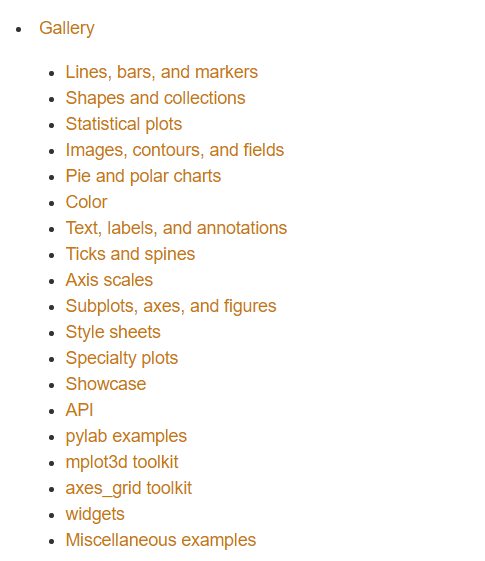
Stop plotting your data - annotate your data and let it visualize itself.
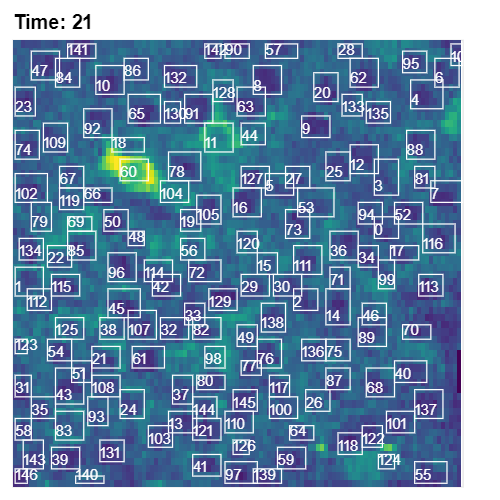
http://holoviews.org/getting_started/Gridded_Datasets.html
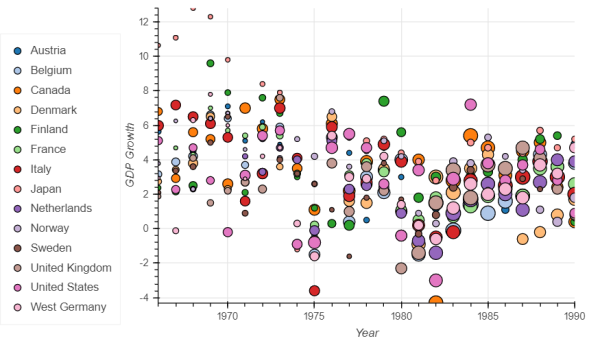
http://holoviews.org/gallery/demos/bokeh/scatter_economic.html
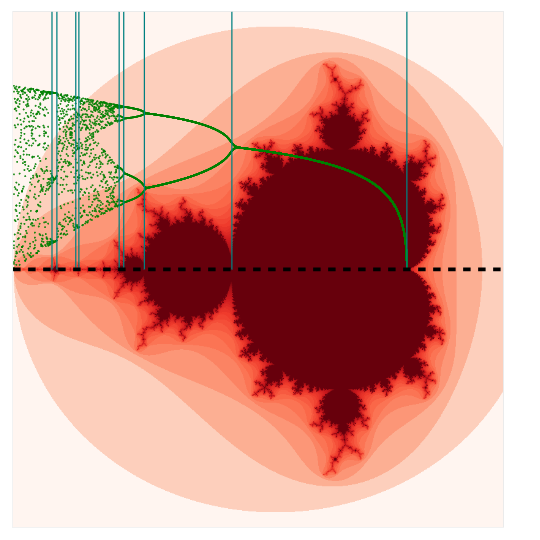
http://holoviews.org/gallery/demos/bokeh/verhulst_mandelbrot.html
<img src="https://pic4.zhimg.com/v2-d305a75b64dcd09e4c889b84d333ca37_b.png" data-rawwidth="500" data-rawheight="500" class="origin_image zh-lightbox-thumb" width="500" data-original="https://pic4.zhimg.com/v2-d305a75b64dcd09e4c889b84d333ca37_r.png">
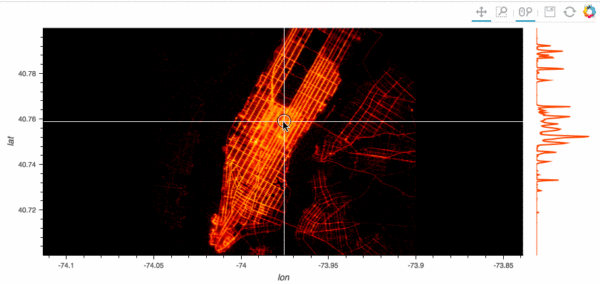
可以用 Python 编程语言做哪些神奇好玩的事情?的更多相关文章
- 可以用 Python 编程语言做哪些神奇好玩的事情?除了生孩子不能,其他全都行!
坦克大战 源自于一个用Python写各种小游戏的github合集,star数1k.除了坦克大战外,还包含滑雪者.皮卡丘GOGO.贪吃蛇.推箱子.拼图等游戏. 图片转铅笔画 帮助你快速生成属于自己的铅笔 ...
- 孤陋寡闻了吧?Python 居然可以做这30件神奇好玩的事情(附教程)
知乎上有个浏览超过400万的问题:可以用 Python 编程语言做哪些神奇好玩的事情? 我先举一个很不专业的栗子...... 然后再找几个人抬一堆例子来...... 不是很稀饭<复联>嘛, ...
- 你都用python来做什么?
首页发现话题 提问 你都用 Python 来做什么? 关注问题写回答 编程语言 Python 编程 Python 入门 Python 开发 你都用 Python 来做什么? 发现很 ...
- Python 编程语言要掌握的技能之一:使用数字与字符串的技巧
最佳实践 1. 少写数字字面量 “数字字面量(integer literal)” 是指那些直接出现在代码里的数字.它们分布在代码里的各个角落,比如代码 del users[0] 里的 0 就是一个数字 ...
- 3.Python编程语言基础技术框架
3.Python编程语言基础技术框架 3.1查看数据项数据类型 type(name) 3.2查看数据项数据id id(name) 3.3对象引用 备注Python将所有数据存为内存对象 Python中 ...
- 学了Python可以做什么工作
学了Python可以做什么工作 用 Python 写爬虫 据我所知很多初学 Python 的人都是使用它编写爬虫程序.小到抓取一个小黄图网站,大到一个互联网公司的商业应用.通过 Python 入门爬虫 ...
- Python能做什么,自学Python效果怎么样?
短时间掌握一门技能是现代社会的需求.生活节奏越来越快,现在不是大鱼吃小鱼,而是快鱼吃慢鱼的时代,人的时间比机器的时间更值钱.Python作为一种轻量级编程语言,语言简洁开发快,没那么多技巧,受到众多追 ...
- Python 编程语言要掌握的技能之一:编写条件分支代码的技巧
Python 里的分支代码 Python 支持最为常见的 if/else 条件分支语句,不过它缺少在其他编程语言中常见的 switch/case 语句. 除此之外,Python 还为 for/whil ...
- Python 编程语言要掌握的技能之一:善用变量来改善代码质量
如何为变量起名 在计算机科学领域,有一句著名的格言(俏皮话): There are only two hard things in Computer Science: cache invalidati ...
随机推荐
- nginx实现请求的负载均衡 + keepalived实现nginx的高可用
前言 使用集群是网站解决高并发.海量数据问题的常用手段.当一台服务器的处理能力.存储空间不足时,不要企图去换更强大的服务器,对大型网站而言,不管多么强大的服务器,都满足不了网站持续增长的业务需求.这种 ...
- 安徽省2016“京胜杯”程序设计大赛_A_砝码称重
砝码称重 Time Limit: 1000 MS Memory Limit: 65536 KB Total Submissions: 61 Accepted: 37 Description 小明非常喜 ...
- javaWeb学习之tomcat服务器
一.web a) web结构 b) 常见的服务器 WebLogic: orcale公司的产品,支持JAVAEE规范,收费 WebsphereAS: IBM公司的产品 ,支持 ...
- linux忘记密码/修改密码
方法一:用set password命令 首先,登陆mysql ? 1 mysql -u root -p 然后执行set password命令 ? 1 set password for root@loc ...
- VBS windows监控
http://bbs.csdn.net/topics/230078112'/************************************************************** ...
- Python实现使用tkinter弹出输入框输入数字, 具有确定输入和清除功能
Python3.6中用tkinter, 弹出可以输入数字的输入框. # Copyright (c) 2017-7-21 ZhengPeng All rights reserved. def pop_u ...
- 使用ActionBarActivity或者RxAppCompatActivity或者AppCompatActivity闪退的问题
新建一个项目,Activity继承RxAppCompatActivity的时候,在页面跳转的时候会出现闪退的问题,一直都没有解决. 后面将两个父类全部改成activity,问题解决.但是有的时候必须使 ...
- JS中的变量和输入输出
一.使用JS的三种方式 1.在HTML标签中,直接内嵌JS(并不提倡使用) <button onclick="alert('点你咋地')">点我</button& ...
- canvas基础语法
前面的话 canvas顾名思义是定义在浏览器中的画布.它不仅是一个普通的元素,更是一个强大的编程工具.它的出现已然超过了web基于文档的设计初衷,将网页这一形态的应用推向了另一个高度.利用canvas ...
- 【Zookeeper】角色、顺序号、读写机制
角色 leader 负责进行投票的发起和决议,更新系统状态 learner 包括follower和observer follower用于接受客户端请求并向客户端返回结果,在选举过程中参与投票 obse ...
